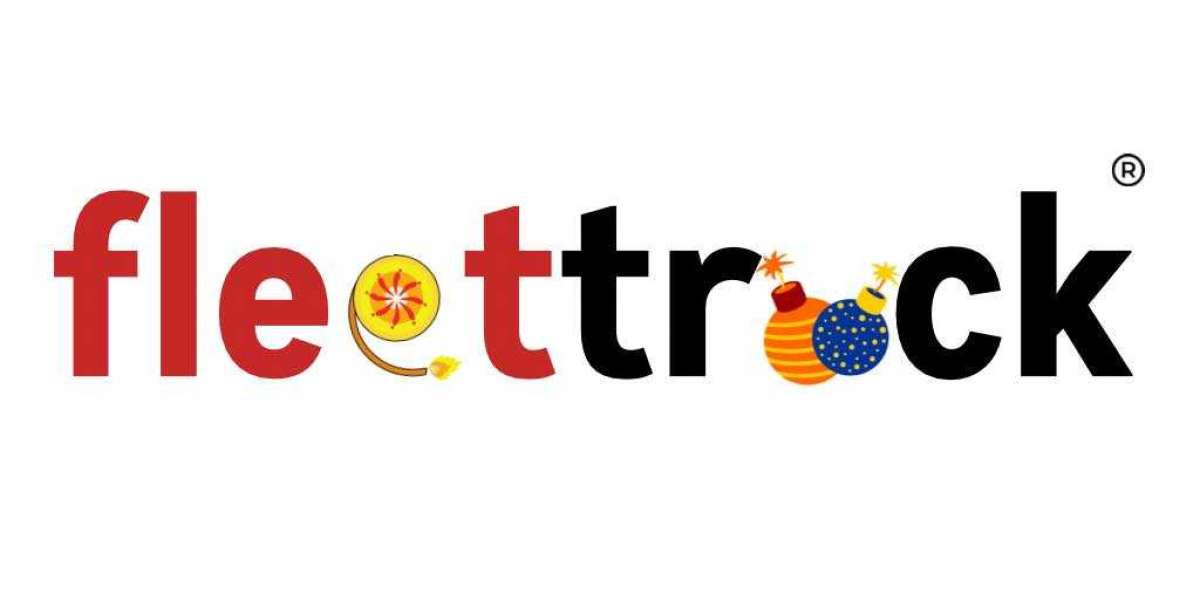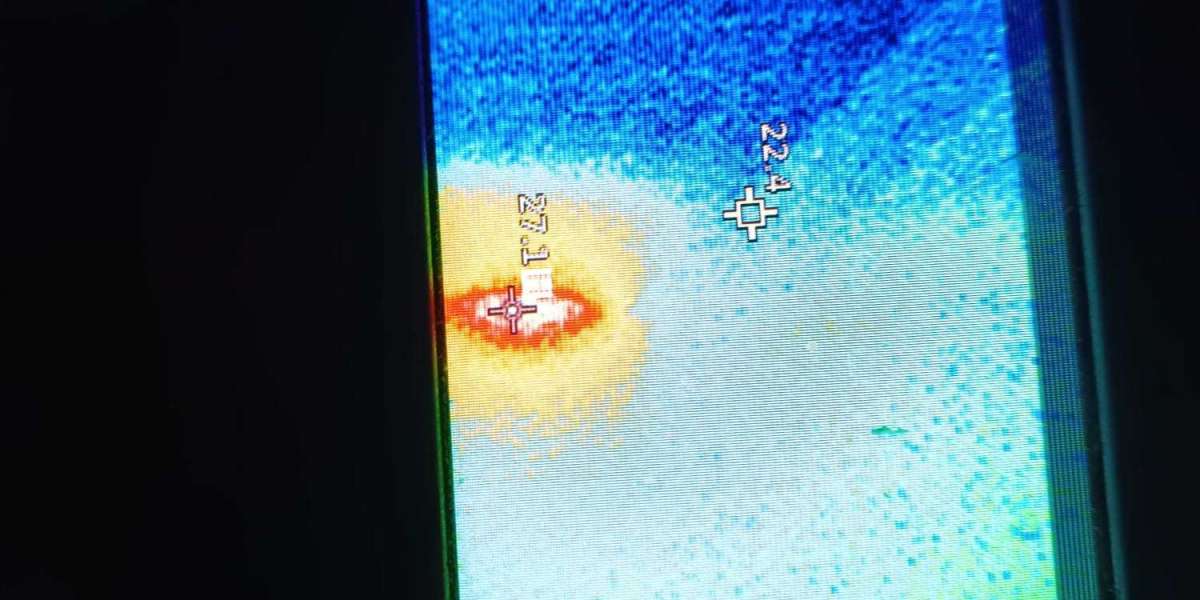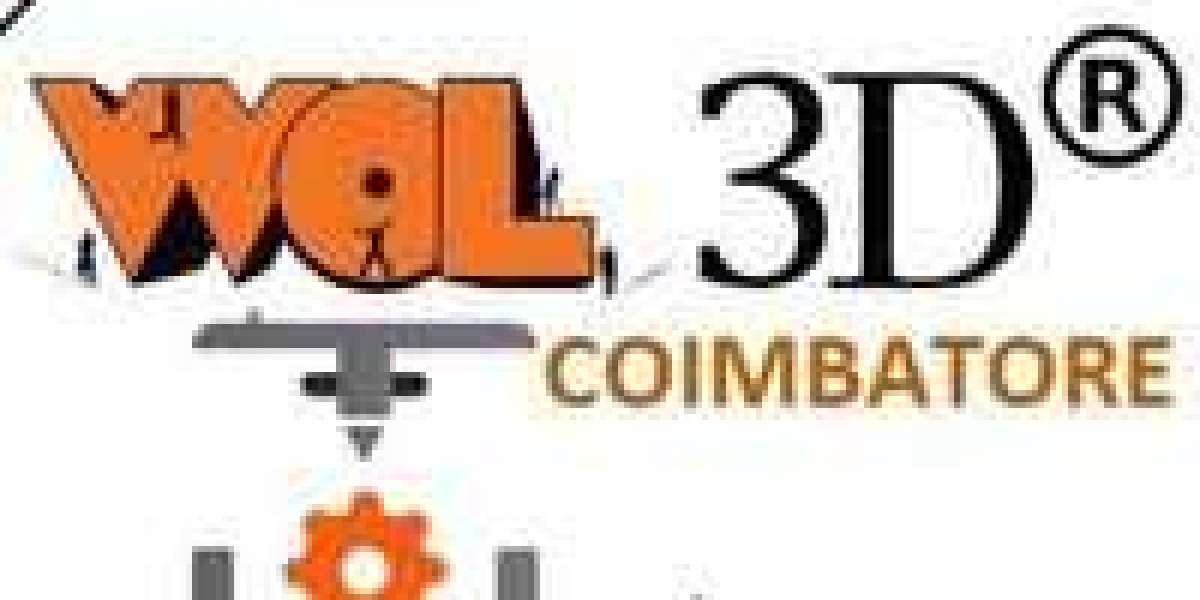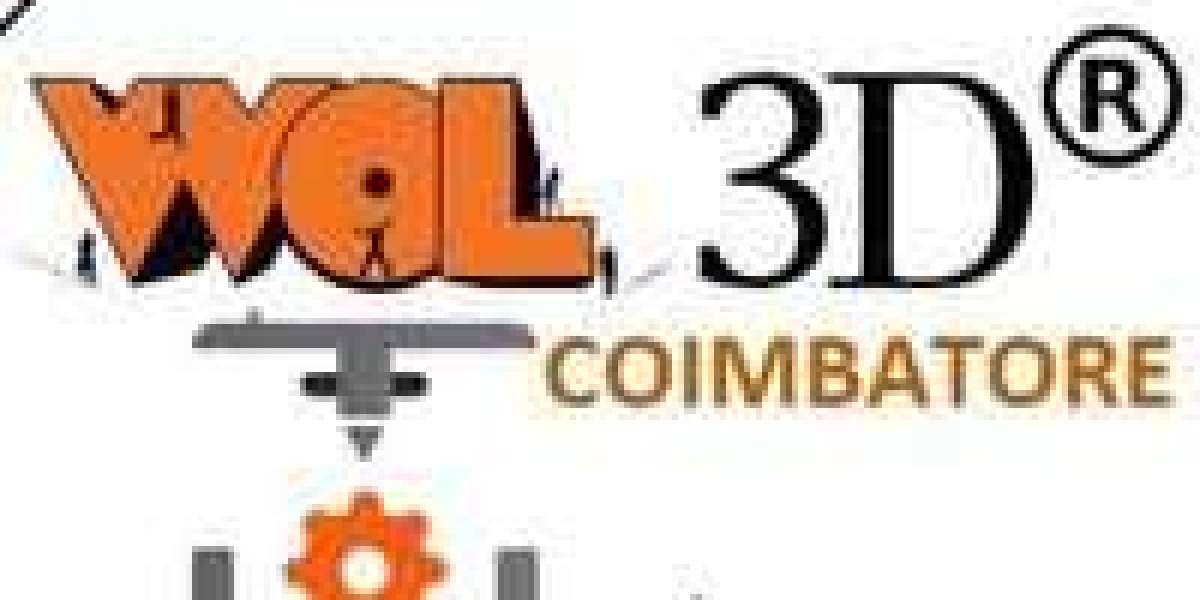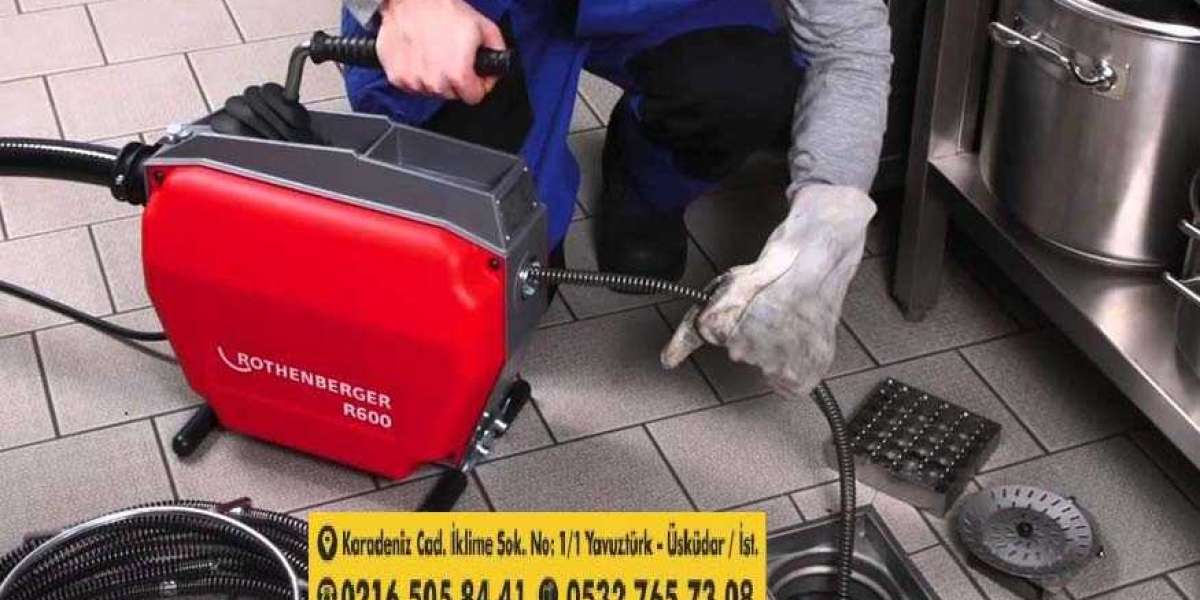Manchester United is a football club rich in history, not just for its success on the field but also for its iconic football shirts. The evolution of Manchester United football shirts from the club’s founding in 1878 (as Newton Heath) to the present day tells a story of tradition, innovation, and commercial growth. This article takes a deep dive into the past and present of Manchester United football shirts, highlighting key moments, design changes, and the role they play in shaping the club’s identity.
Early Days: 1878-1902 (Newton Heath Era)
Manchester United's journey began as Newton Heath LYR (Lancashire and Yorkshire Railway), and the club’s first official shirts bore little resemblance to the famous red kits we know today. The original shirts were a striking combination of green and gold, colors that would return in later years as part of the club’s retro designs and fan protest movements. The green and gold stripes of Newton Heath symbolized the working-class roots of the club, and although the team’s performance on the field was inconsistent, the kits left a lasting impression.
As Newton Heath faced financial struggles and narrowly avoided extinction in 1902, the club changed its name to Manchester United, setting the stage for a new identity and new colors.
The Birth of the Red Devils: 1902-1940s
When Manchester United Football Shirts was officially formed in 1902, the club adopted the red shirts, white shorts, and black socks that would go on to define the team’s image. This simple color scheme would become one of the most iconic in football. The decision to switch to red helped Manchester United establish itself as a powerhouse in English football, aligning the club with boldness, passion, and determination—traits that are closely associated with the color red.
The early Manchester United kits were plain, devoid of any commercial logos or flashy designs. They reflected the simplicity of early 20th-century football but were instantly recognizable and effective. As the team grew in stature, so did the significance of the red shirt, which had by then become a symbol of pride for both players and fans.
Post-War Years: 1950s-1960s (The Busby Babes Era)
The 1950s marked a golden period for Manchester United under the leadership of Sir Matt Busby, and the team’s kits took on new importance. The simple red shirt with a white trim was worn by the famous "Busby Babes," a group of young and talented players that led the club to great success. However, the Munich air disaster in 1958, which tragically claimed the lives of several of these players, gave the red shirt even more significance as a symbol of unity and resilience.
The shirts of the 1950s were characterized by collared designs, offering a touch of formality and elegance that matched the class of the team on the pitch. One of the most memorable kits from this era was the one worn in the 1958 FA Cup final, just months after the disaster. The red shirts became a poignant reminder of the club’s loss and its determination to rebuild.
The club’s crowning achievement in this era came in 1968, when Manchester United became the first English club to win the European Cup. The team wore an all-blue kit in the final, deviating from the usual red, as they triumphed over Benfica 4-1. This kit remains one of the most iconic in the club’s history, marking the pinnacle of Sir Matt Busby’s managerial career.
1970s-1980s: Introduction of Sponsorship and Adidas Partnership
The 1970s saw the emergence of sponsorship in football, forever changing the landscape of football shirts. Manchester United, like other clubs, embraced the commercial potential of football kits. However, before the introduction of sponsors, the club’s shirts retained their classic simplicity. Adidas became the club’s official kit manufacturer in 1980, adding its famous three stripes to the shoulders of United’s kits, bringing a modern, dynamic feel to the designs.
The 1982 season saw the introduction of Manchester United's first-ever shirt sponsor—Sharp Electronics. The Sharp logo appeared boldly on the team’s red shirts, marking the beginning of a long-standing partnership that lasted until 2000. The shirts from the 1980s were often simple in design, with subtle stripes and patterns, but the presence of the sponsor's logo marked a new era in football commercialization.
The 1984-1986 home shirt, with its iconic black and white trim and the three Adidas stripes, remains one of the most popular retro kits today. Worn by players like Bryan Robson, it symbolizes the era when Manchester United was rebuilding itself under Ron Atkinson’s management.
1990s: Rise to Global Dominance and Iconic Kits
The 1990s were a transformative decade for Manchester United, both on and off the pitch. With the dawn of the Premier League era and the appointment of Sir Alex Ferguson, the club enjoyed unprecedented success. Manchester United’s football shirts from this period became synonymous with this era of dominance.
In 1992, Umbro took over as the club’s kit manufacturer, producing some of the most iconic shirts in the club’s history. The 1992-1994 home kit, featuring a lace-up collar, became iconic due to its association with Eric Cantona, whose upturned collar became his signature look. The shirt symbolized the swagger and confidence of United’s players during their Premier League-winning campaigns.
Perhaps the most iconic shirt of the 1990s was the one worn during Manchester United’s 1998-1999 treble-winning season. This red home shirt, with the Sharp logo and classic collar design, is beloved by fans and collectors alike. Worn by legends such as David Beckham, Roy Keane, and Ryan Giggs, this shirt represents the greatest triumph in the club’s history.
2000s: Nike Era and Global Expansion
In 2002, Nike replaced Umbro as Manchester United’s kit manufacturer, bringing with it cutting-edge designs and fabric technology. Nike’s early kits for the club were sleek, modern, and performance-focused, with minimalist designs and bold sponsor logos. The Nike era coincided with the club’s continued success under Sir Alex Ferguson, with shirts from this period, such as the 2006-2007 home kit (sponsored by AIG), becoming modern classics.
Nike’s focus was not only on performance but also on global appeal, as Manchester United became one of the most popular football clubs in the world. The shirts from this period reflect the global commercial power of Manchester United, with the club’s kits being sold in every corner of the globe.
2015-Present: Adidas Returns and Modern Innovations
In 2015, Adidas returned as Manchester United’s kit manufacturer, signing a record-breaking deal with the club. The return of the three stripes to United’s shirts was met with excitement from fans, and Adidas has since produced a series of popular designs that blend modern technology with retro-inspired elements.
Adidas has introduced several innovative designs, including subtle nods to the club’s history. The 2019-2020 home kit, for example, commemorated the 20th anniversary of the treble-winning season by featuring references to key moments from the 1999 campaign. Modern Manchester United shirts now feature advanced fabric technology, such as moisture-wicking materials designed to enhance player performance.
Conclusion
From the green and gold of Newton Heath to the cutting-edge designs of Adidas, Manchester United football shirts have evolved significantly over the years. Each era has brought its own unique style, reflecting the changes in football, fashion, and technology. What has remained consistent is the red shirt’s status as a symbol of pride, resilience, and success.
As Manchester United continues to evolve, the club’s iconic shirts will remain central to its identity, serving as a connection between past glories and future triumphs. Whether it’s a classic retro design or the latest release, Manchester United football shirts are more than just kits—they’re a testament to the club’s enduring legacy.


